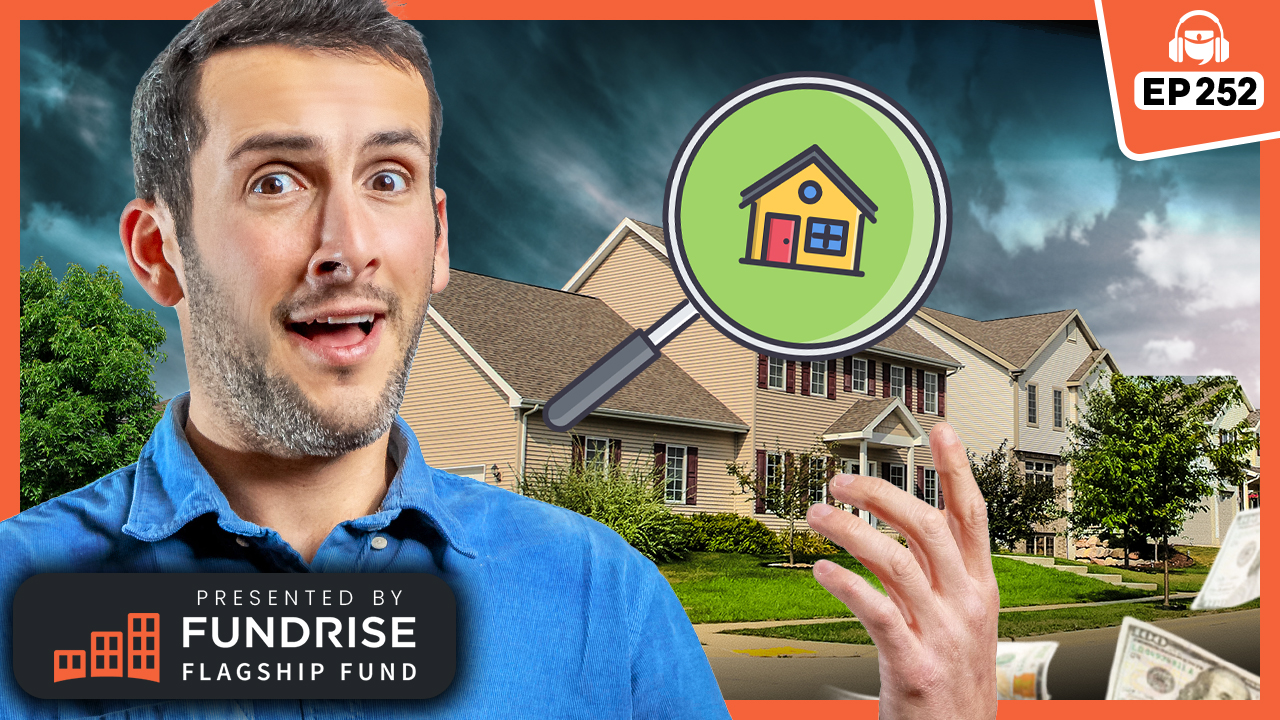High income property investors have pocketed the most money from government tax cuts and handouts, according to exclusive new figures revealing the level of financial stress across the country.
The latest figures from mortgage specialist Digital Finance Analytics (DFA) show just over half of all homeowners are in mortgage stress, while a whopping 77 per cent of tenants are in rental stress. Only 16 per cent of investors are having cash flow issues.
SCROLL DOWN TO SEE THE WORST POSTCODES
New data shows 50 per cent of mortgage holders are feeling the pinch, while 77 per cent of tenants are in rental stress. Picture: Monique Harmer.
The August data shows young, growing families and first homebuyers are suffering the highest mortgage stress — more than 89 per cent, while rental stress is the highest among first generation migrants.
South Australian homeowners are feeling the most pressure, with nearly 54 per cent in mortgage stress, while nearly 83 per cent of tenants in NSW are struggling to pay rent.
This five-bedroom house at 8 Carboni St, Liverpool, is on the market, with a price guide of $1.3m to $1.35m.
The worst postcodes for mortgage stress are Liverpool and Campbelltown in NSW, Toowoomba and Pine Mountain in Queensland, and Narre Warren and Roxburgh Park in Victoria.
| WORST POSTCODES FOR MORTGAGE STRESS | |||
| Postcode | Location | Households in mortgage stress | % in mortgage stress |
| 2170 | Liverpool | 12,785 | 94.74% |
| 2560 | Campbelltown | 11,531 | 100.00% |
| 6065 | Tapping | 11,173 | 76.96% |
| 4350 | Toowoomba | 10,871 | 74.09% |
| 2570 | Camden | 10,181 | 89% |
| 3805 | Narre Warren | 9,663 | 96.25% |
| 3065 | Roxburgh Park | 9,650 | 46.51% |
| 3810 | Pakenham | 8,928 | 89.75% |
| 3806 | Berwick | 8,799 | 100.00% |
| 3350 | Ballarat | 8,570 | 90.99% |
| Source: Digital Finance Analytics, August 2024 | |||
More than 1100 mortgage holders are at risk of defaulting on their home loans in Cranbourne, Victoria.
Toowoomba is among the locations with the worst mortgage stress.
Rental stress is the highest in Melbourne, with more than 86 per cent of tenanted households, struggling to keep a roof over their heads.
Tenants in Toowoomba, Liverpool, and Westmead, are also in severe rental stress.
Mr North said the federal government’s Stage 3 tax cuts introduced in July coupled with state and federal government housing incentives had provided some relief in cash flow stress, but higher income investor households had benefited the most.
This four-bedroom house at 38 Alexandra Ave, Westmead, is for rent for $900 a week.
“These government support strategies are more about politics than real relief,” Mr North said.
“The impact of tax cuts and government support has benefited property investors the most, with a small fall in ordinary mortgage stress and almost no positive impact on the rental sector, so if the government was expecting a shift in consumer sentiment on their $40bn support, so far we’re not seeing it.”
He said rental stress was still more extreme than mortgage stress, though risk of default was still rising.
Martin North is the CEO and founder of Digital Finance Analytics. Picture: Hollie Adams.
Mr North said future movements would depend on rate cuts, an economic recession, lower migration, or rising unemployment.
DFA defines households in mortgage or rental stress as those that have more outgoings (excluding one-off discretionary items) than income.
| WORST POSTCODES FOR RENTAL STRESS | |||
| Postcode | Location | Households in rental stress | % in rental stress |
| 3000 | Melbourne | 15,466 | 86.40% |
| 4350 | Toowoomba | 14,286 | 79.52% |
| 2170 | Liverpool | 13,849 | 85.18% |
| 2145 | Westmead | 12,225 | 92.59% |
| 4215 | Labrador | 10,834 | 78.62% |
| 2560 | Campbelltown | 10,697 | 96.77% |
| 4209 | Coomera | 10,533 | 88.80% |
| 3029 | Tarneit | 10,430 | 86.48 |
| 3030 | Derrimut | 10,205 | 74.77% |
| 2017 | Zetland | 10,121 | 91.89% |
| Source: Digital Finance Analytics, August 2024 | |||
This five-bedroom house at 8 Chinnoks Ave, Campbelltown, is on the market, with a price guide of $1.32m to $1.38m.
It comes as research from Roy Morgan shows there were 1.6m mortgage holders — nearly 30 per cent — at risk of mortgage stress in the three months to July 2024.
That’s half a per cent lower than the June figures after the introduction of the Stage 3 tax cuts in July.
Roy Morgan CEO Michele Levine said the level of mortgage holders at risk of mortgage stress was set to fall further over the next few months, unless the RBA decided to raise interest rates at its next meeting later this month.
“The figures for July 2024 represent an increase of 797,000 mortgage holders considered ‘At Risk’ since the RBA began raising interest rates over two years ago in May 2022,” Ms Levine said.
This four-bedroom house at 20 Daintree Grove, Narre Warren, is on the market, with a price guide of $1.15m to $1.25m.
“The figures take into account 13 rate increases which raised interest rates by a total of 4.25 percentage points to 4.35 per cent.
“The latest ABS figures on inflation show that inflation is still well above the Reserve Bank’s preferred target range of 2 to 3 per cent.”
The number of mortgage holders considered ‘extremely at risk’, is now 982,000 (18.9 per cent of mortgage holders), which is significantly above the long-term average over the last 10 years of 14.5 per cent.
This five-bedroom house at 42 Lockwood Dr, Roxburgh Park, is on the market, with a price guide of $900,000 to $990,000.
A recent survey by comparison site, Finder, found 2 in 5 people are spending more than 30 per cent of their income paying off their home loans.
Finder’s head of consumer research Graham Cooke said there was increased optimism that rates might soon drop following a few big banks slashing their fixed rates in recent weeks.
“If you’re seeking financial stability, budgeting ease, and immediate savings, fixing your home loan could be a worthwhile option,” Mr Cooke said.
“But if you’re doing it to purely save money, fixing your loan might backfire if variable rates drop dramatically in the near future.”



















 English (US) ·
English (US) ·